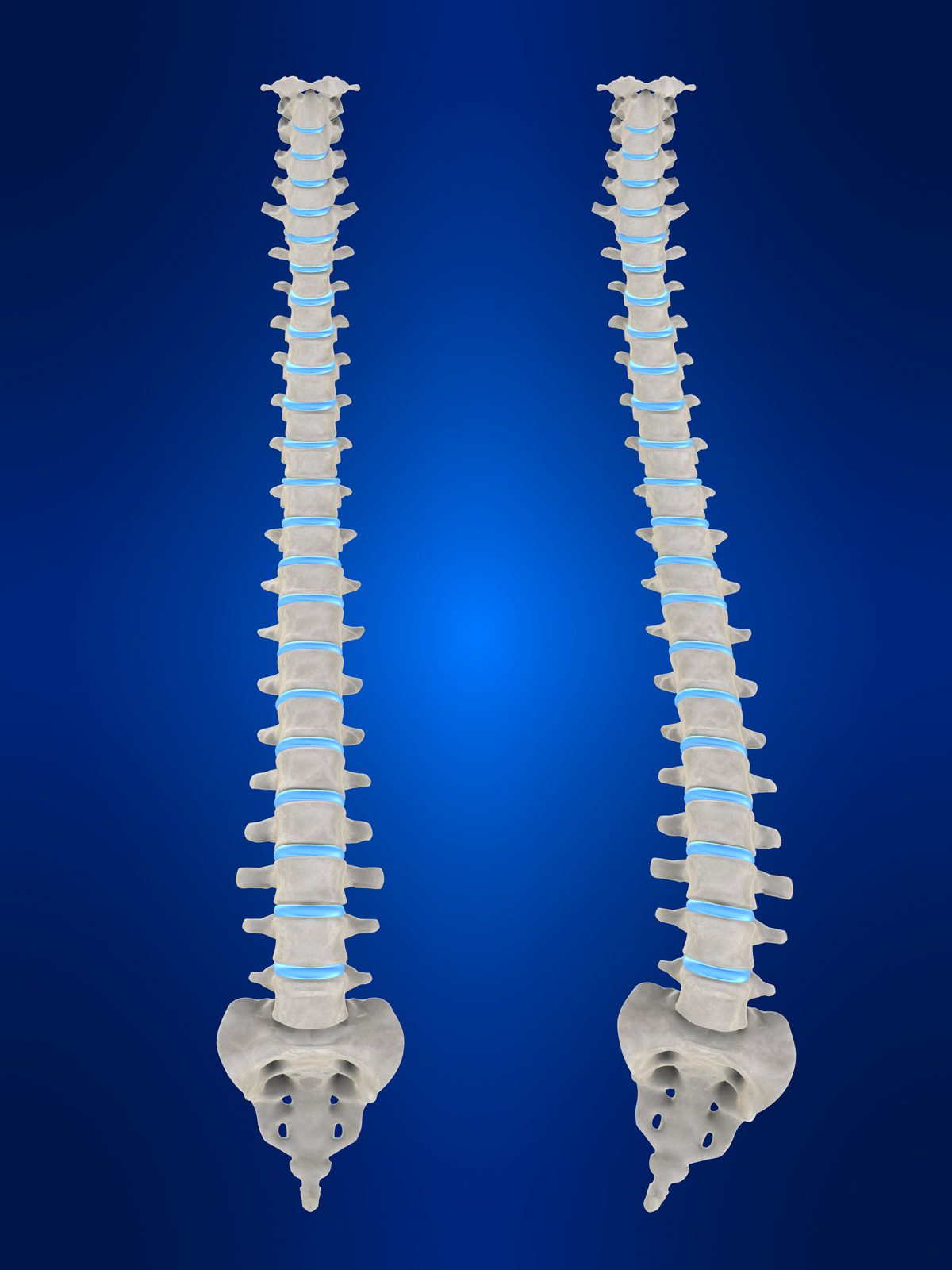June is Scoliosis Awareness Month
Scoliosis affects over 4 percent of the population
As we enter the month of June, we have the opportunity to raise awareness and foster understanding about a common yet often misunderstood condition called scoliosis. June has been designated as Scoliosis Awareness Month, a time dedicated to spreading knowledge, promoting early detection, and offering support to individuals living with scoliosis. This year, we aim to shine a light on scoliosis and emphasize the importance of early intervention and comprehensive care.
Understanding Scoliosis
Scoliosis is a medical condition characterized by an abnormal sideways curvature of the spine. While it can affect individuals of all ages, it most commonly emerges during the growth spurt just before puberty. Scoliosis can have varying degrees of severity, and its causes are multifactorial, including genetic and environmental factors. Although most cases are mild, some individuals may develop more significant curvature that requires treatment and monitoring.
If you or someone you know exhibits any of the signs mentioned above, it is important to consult a healthcare professional for a proper diagnosis. The healthcare provider will conduct a physical examination and may order X-rays or other imaging tests to assess the extent of the spinal curvature. Early detection is crucial, as it allows for timely intervention and appropriate treatment options.
Signs and Symptoms
Detecting scoliosis at an early stage is crucial for effective management. However, the condition often presents no noticeable symptoms, especially in mild cases. Nevertheless, there are certain signs that could indicate the presence of scoliosis:
Uneven shoulders or hips:
One shoulder blade appearing more prominent than the other or an uneven waistline may indicate spinal curvature.
Asymmetrical posture:
A leaning or tilting of the body to one side can be a sign of scoliosis.
Spinal rotation:
In more severe cases, the spine may appear twisted or rotated, resulting in a noticeable deformity.
Back pain or discomfort:
Some individuals with scoliosis may experience back pain or muscle fatigue, particularly after prolonged periods of sitting or standing.

